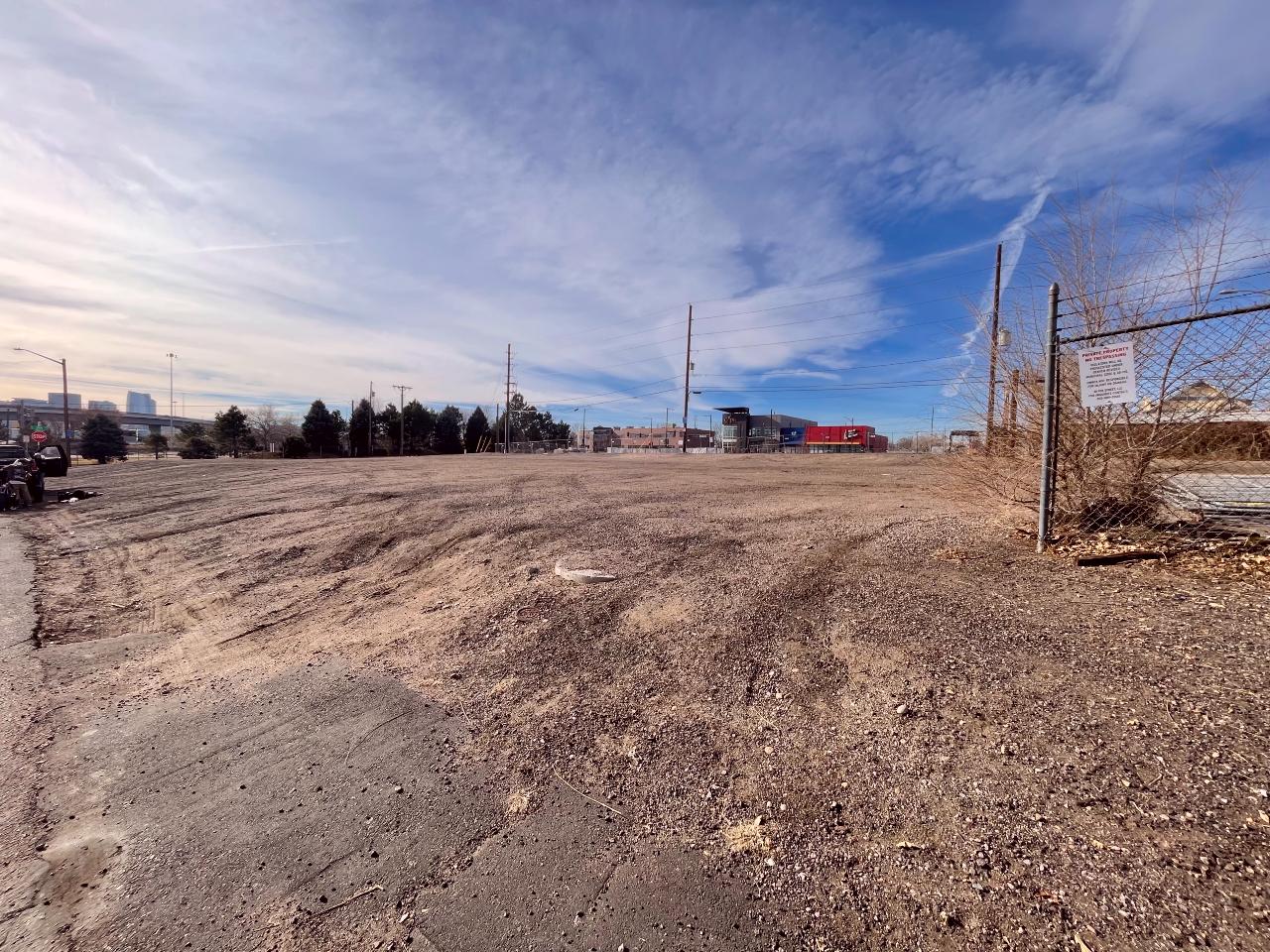
ST. LOUIS — The Cardinals and Colorado Rockies tried to speed up the pace of play on Tuesday night and it was hardly noticed.
Major League Baseball experimented with having the timing clock between half innings set at 1 minute, 45 seconds. Since 2016, the clock has been set at 2:05 for locally televised games and 2:25 for nationally televised games, down 20 seconds for each from 2015.
"We all knew early in the day," Cardinals manager Mike Matheny said after the team beat the Rockies 3-2. "Lance (Lynn) was excited about it. He asked, 'Why isn't it always like this?' He feels like he has to wait around for commercials to be finished. To be honest I didn't even notice. I notice the real long breaks because we're just sitting around waiting. So I'm always a fan of keeping the game going."
Tuesday's game took 3:11 to complete, about 6 minutes longer than the average game this season.
"It didn't feel any different," Lynn said. "I didn't even know it happened really."
Rockies manager Bud Black echoed that sentiment.
"I really didn't notice," he said. "I think both pitchers were prompt, which was great. Again I wasn't really bearing down on that as much maybe others but if you're asking me if I like one minute and 43 seconds over two minutes and 40, I'll take the 1:43. As will most players. But on the other end of that as players we understand what that other minute means."
"It didn't bother me too much," Rockies right-hander Jon Gray said. "I just knew that I had to get out there a little quicker, a little earlier. That's all yeah. It didn't bother me."
Nine-inning games are averaging a record 3:05 this season — up from an even 3 hours last year and 2:56 in 2015. Management proposed three changes last offseason the players' association didn't accept, and MLB has the right to start them next year without union approval: restricting catchers to one trip to the mound per pitcher each inning, employing a 20-second pitch clock and raising the bottom of the strike zone from just beneath the kneecap to its pre-1996 level — at the top of the kneecap.
"All the feedback we're getting from our fan base, all across baseball, is that we have to figure out ways to get rid of some of the dead time," Matheny said. "If this is a way to do it I hope it's good feedback for the league and I know that they'll do the right thing with that information."












